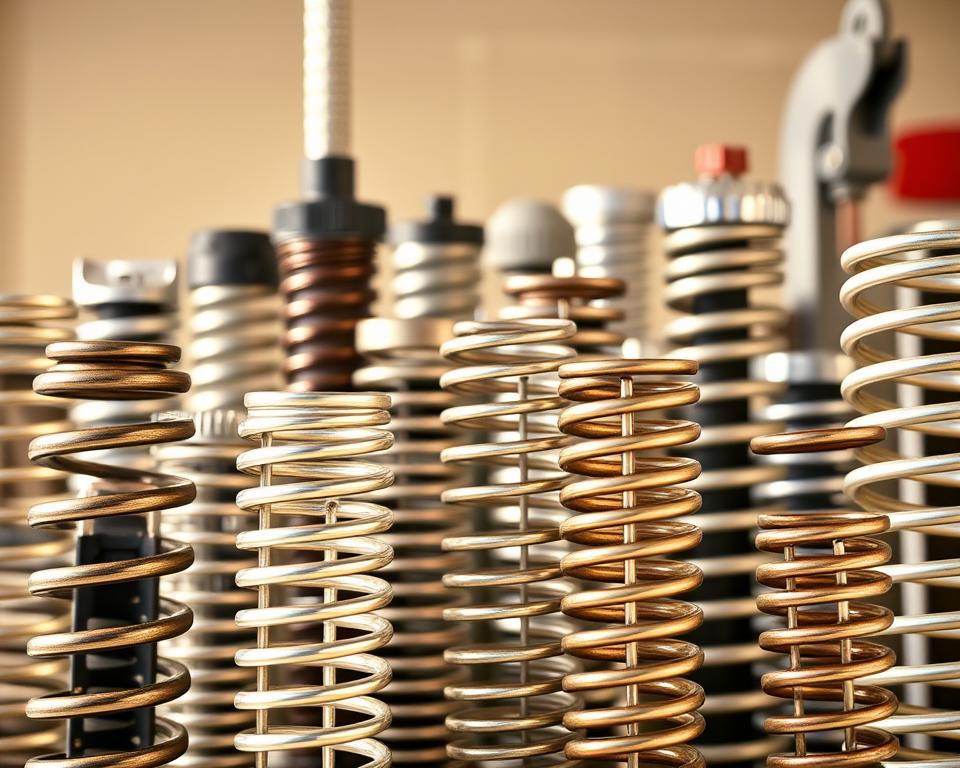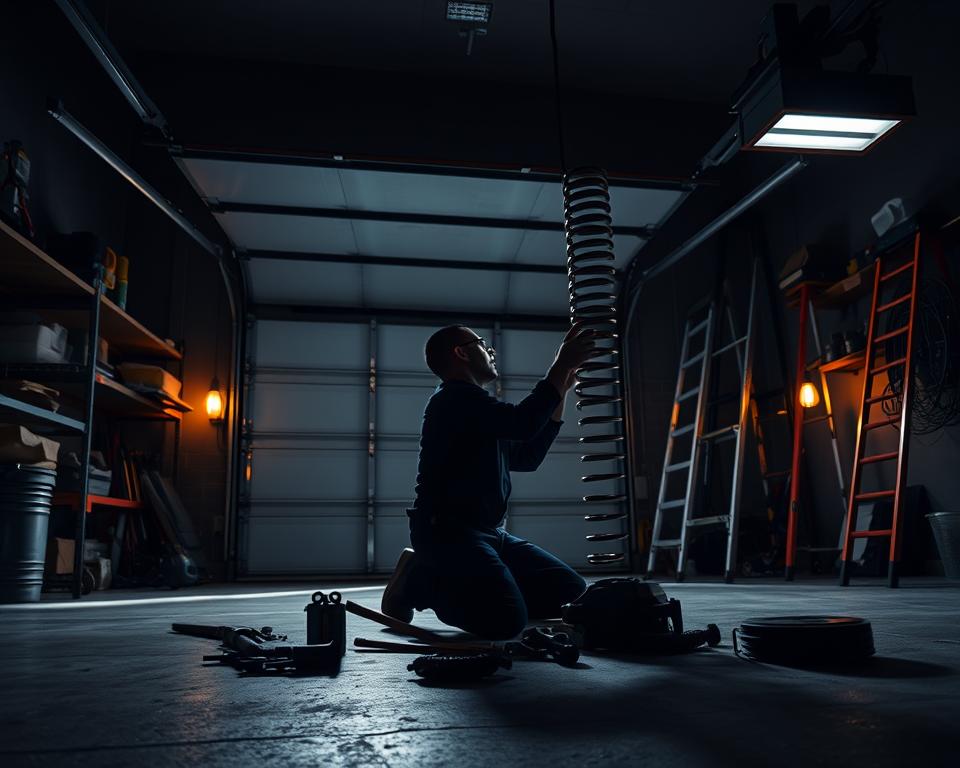Highlands Ranch Automobile Assistance – Superior Transportation Solutions
Ever thought about how a one trip might transform your travel encounter in this Colorado’s breathtaking landscapes? Boulder Rides makes it happen, transforming common trips into memorable expeditions. They offer beyond luxury; they furnish safety and proficiency. Each customer receives top-notch ease and practicality on their journeys throughout the region – chauffeur service near me.
- Boulder Rides provides premium Colorado car service ensuring an elevated journey adventure.
- The service includes prompt aero transfers and customized travel alternatives.
- Elegance and safety are emphasized with a collection of premium cars.
- Each trip is crafted to supply ease and convenience across Colorado.
- Skilled educated drivers assure reliability throughout each journey.
Exploring Colorado Automobile Assistance Alternatives
Colorado automobile assistance alternatives cater to a variety of requirements, delivering a diverse range of travel alternatives. Ranging from classic four-door vehicles to spacious minivans and luxurious crossover vehicles, explorers can locate ease and elegance. Boulder Rides shines for personal travel, catering to both individuals and parties. It delivers promptness and competence for air travel connections, executive occasions, and casual excursions.
Opting for the ideal option depends on factors like party size, schedule, and expenses. This is a comprehensive breakdown of frequent car categories and their features:
| Vehicle Type | Seating | Best Suited For |
|---|---|---|
| Compact | small groups | air travel connections, corporate journeys |
| Crossover | 1-5 passengers | Leisure trips, relaxed travels |
| Van | 1 to 12 occupants | mass transit, business occasions |
| Limousine | 1 to 8 occupants | celebrations, bridal events |
Selecting the ideal vehicle can significantly improve the trip quality. It guarantees that every trip satisfies its distinct demands. Boulder Rides stands as a premier option for first-class support and customer satisfaction in Colorado.

Airport Transportation Colorado: Peak Practicality
Moving sometimes proves to be nerve-wracking, and terminal travel in Colorado is no exception. Numerous travelers desire dependable options that offer on-schedule gatherings and relaxed travel. Boulder Rides excels at offering effortless airport transportation. They guarantee you arrive at your destination with effortlessness and panache.
On-Time Aero Transfers
Boulder Rides emphasizes timely pickups and drop-offs, crucial at busy aerodromes like Denver Intl Airport. Clients trust their drivers to be prompt. This ensures a effortless transition from the terminal to their goal. Forget about skipped departures or hold-ups, just pure convenience.
Opulence and Ease in Journeys
If you seek a high-end journey, Boulder Rides delivers luxury travel options. These are meant to provide comfort and class. Each vehicle features advanced comforts to provide a relaxing environment during your journey. Whether traveling alone or in a group, the priority is offering an opulent journey paired with outstanding support.
Denver Limousine Assistance: Elevate Your Travel Experience
The limousine service in Denver from Boulder Rides transforms ordinary journeys to a memorable adventure. Regardless if it is for nuptials, corporate events, or an evening excursion, customers enjoy a broad spectrum of opulent cars. Every vehicle is crafted for maximum relaxation and sophistication, ensuring an exceptional experience.
High-End Automobiles for Each Moment
Clients have the option of choosing from a range of premium cars with the Denver limousine offering. Whether you prefer a traditional limo or a ample crossover, you’ll find comfort and style. The detailed emphasis on nuances in these cars demonstrates Boulder Rides’ commitment to superior journey quality.
Professional Chauffeur Services
Traveling with Boulder Rides places you with professional chauffeurs who prioritize client delight. They know regional roads and service, ensuring a smooth and enjoyable ride. Their expertise takes the stress out of travel, so you can sit back and savor the trip.
Luxury Car Rental Colorado: Not Only About Travel
Touring Colorado’s breathtaking views requires elegance. A opulent automobile rental in Colorado enables chic travel, appreciating the state’s breathtaking views and attractions. Boulder Rides offers a range of refined cars, catering to varied preferences and requirements. This ensures each journey remains elegant and seamless.
Travel Through Colorado with Panache
Navigating Colorado’s dynamic metropolises or majestic mountains is more comfortable with a opulent automobile. Be it en route to celebrated slopes or scenic reserves, the right vehicle makes the journey unforgettable. Revel in sumptuous cabins, modern technology, and seamless operation, boosting your expedition.
Flexible Rental Options for Every Traveler
Boulder Rides caters to all, with adaptable choices for weekend getaways or long trips. Choose from high-end sedans, roomy sport utility vehicles, or unique automobiles, designed for your preferences. This versatility ensures a personalized travel experience, making your Colorado journey both convenient and extraordinary.
Vehicle Transit in Colorado: The Associate for Corporate Transit
Boulder Rides stands as an essential ally for professional transit in Colorado, ensuring executives have dependable and timely transport. It offers a selection of high-end vehicles, all designed with productivity-enhancing comforts. The professional chauffeurs are educated for the specific demands of corporate clients, so that work can continue seamlessly throughout the trip.
For those traveling to meetings or conferences, Boulder Rides emphasizes comfort and convenience. The easy booking process and reliability establish it as the foremost selection among executives. With features like roomy designs and modern tech, all aspects are focused on easing professional demands.
Personalized Transit in Colorado: Customized for You
Boulder Rides provides superior personalized transit in Colorado, designed for an array of client demands. It centers on personalized care and versatility, ideal for those wanting to explore Colorado’s beauty or attend events. Each trip is customized, affording passengers the freedom to explore highlights, indulge in cuisine, or address business matters seamlessly.
Custom Travel Plans for Every Explorer
Choosing Boulder Rides means getting itineraries tailored just for you. Whether you’re into mountain exploration, local attractions, or a night out, you can pick your path. This personalized touch makes your journey unforgettable and fun.
Reliable and Efficient Transportation Solutions
Boulder Rides is known for its dependable transportation. Every vehicle is maintained impeccably to ensure seamless journeys. With chauffeurs committed to timeliness, you are assured of timely arrivals. This mix of reliable service and personal touch delivers an experience exceeding typical anticipation.
Boulder Rides provides first-class corporate transit in Colorado, designed to enhance professional journeys. These options emphasize expert care and customization for corporate requirements. Each aspect is meticulously planned to ensure alignment with their expectations.
Business-Friendly Amenities and Services
In executive transit, the provided comforts are fundamental to a successful journey. Boulder Rides supplies features aimed at enhancing corporate travel, including:
- Free Internet to keep clients connected during travel.
- Beverages provided during transit for enhanced relaxation.
- Expansive seating for relaxation and focus during discussions.
Punctual Transit for Business Occasions
Prompt travel play a crucial role in professional functions. Boulder Rides ensures punctuality, allowing executives and teams to arrive stress-free. This commitment boosts their professional image and lets them focus on their agendas without worry.
Expert Chauffeur Assistance in Colorado: Experience the Difference
Choosing a chauffeur service in Colorado has the potential to transform your journey across the state. It emphasizes professionalism and unmatched service quality. This ensures seamless travel, with veteran drivers concentrating on safety and ease.
Experienced and Trained Drivers
Skilled operators are fundamental to delivering first-rate transit. Each driver undergoes extensive training, preparing them for various driving scenarios. This secures superior performance. Riders may unwind, assured of the driver’s expertise and commitment.
Guaranteed Security and Dependability
Ensuring secure and dependable travel is essential in elite transit. Cars are maintained in peak form, allowing passengers to travel in comfort. This dedication to safety builds trust, ensuring that every voyage is both delightful and protected.
Special Occasion Transit in Colorado: Flawless Commutes for All Events
Boulder Rides excels in event transportation Colorado, offering streamlined transit services for concerts, festivals, and professional functions. They coordinate group travel flawlessly, easing planning challenges.
Reliable transportation is key to an event’s success, Boulder Rides provides seamless planning that streamlines group journeys. This organization helps create a positive event atmosphere, letting attendees enjoy the event without transportation worries.
Opting for Boulder Rides for your event transportation Colorado needs means getting professional drivers and a fleet of well-kept vehicles. This secures prompt transit and increases ride comfort. Their custom solutions meet each event’s specific needs, making transportation effortless.
Marriages epitomize the joy of togetherness, with each element counting. Transportation for weddings in Colorado provides superb choices for the newlyweds, their parties, and attendees. They enjoy refined journeys with opulent vehicles and careful coordination. This ensures a seamless flow of celebration without travel interruptions.
Opulent Cars for Wedding Parties
Selecting high-end cars for the bride’s party transforms the day into an indelible occasion. Choices range from elongated limos to refined SUVs, ideal for sizable parties. These cars deliver relaxation and sufficient space for sophisticated ensembles. They epitomize the couple’s aesthetic, leaving a memorable mark on the occasion.
Coordination from Start to Finish
Effective day coordination is key for a smooth wedding. Skilled travel coordinators take charge of all arrangements, ensuring each detail falls into place. They oversee every facet from the vows to the festivities. This way, couples can focus on their celebration, not the details of getting there.
Traverse Majestic Paths with Boulder Rides
Uncovering Colorado’s grand allure is now easier with Boulder Rides. This top-tier transportation service is designed to elevate your sightseeing experience. Passengers are treated to awe-inspiring vistas aboard elegant cars. Boulder Rides guarantees that both residents and tourists fully engage with the state’s scenic splendors.
Boulder Rides excels because of its professional operators. They understand the top attractions of the area. These operators work to provide an enjoyable ride, inviting you to sit back and admire the surroundings. They will take you through unforgettable sights, from the Flatirons to Rocky Mountain National Park.
Boulder Rides also offers personalized service tailored to each traveler’s needs. This accessible and luxurious option lets you enjoy Colorado’s scenic routes in style. Experience the beauty of Colorado and create lasting memories with Boulder Rides. Indulge in the serenity and allure of the Rocky Mountain landscapes.









